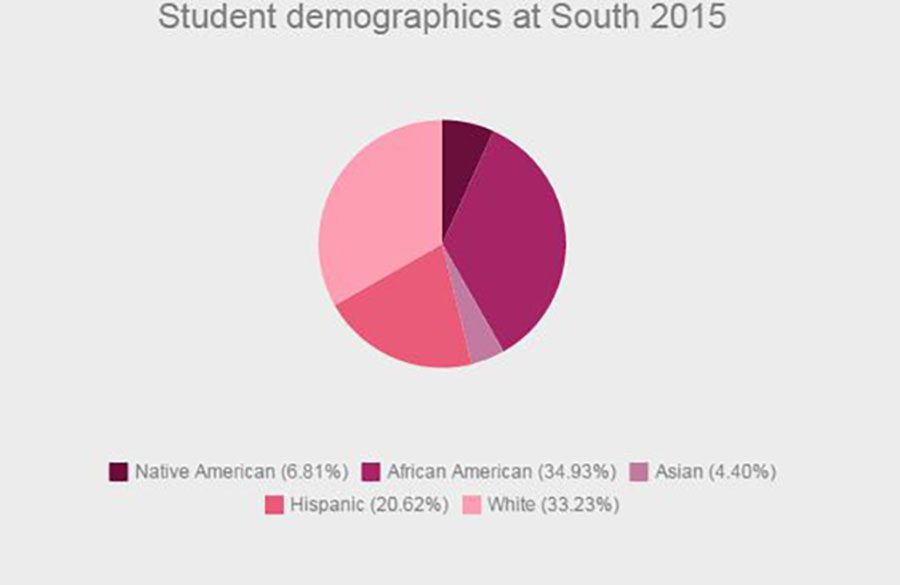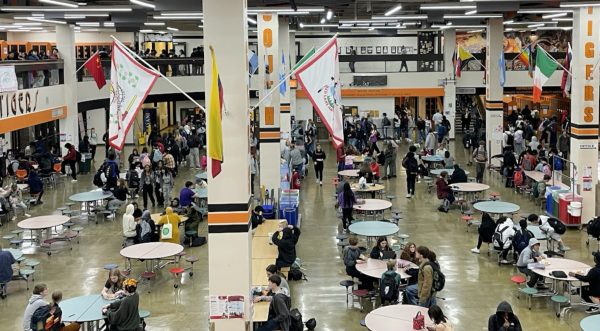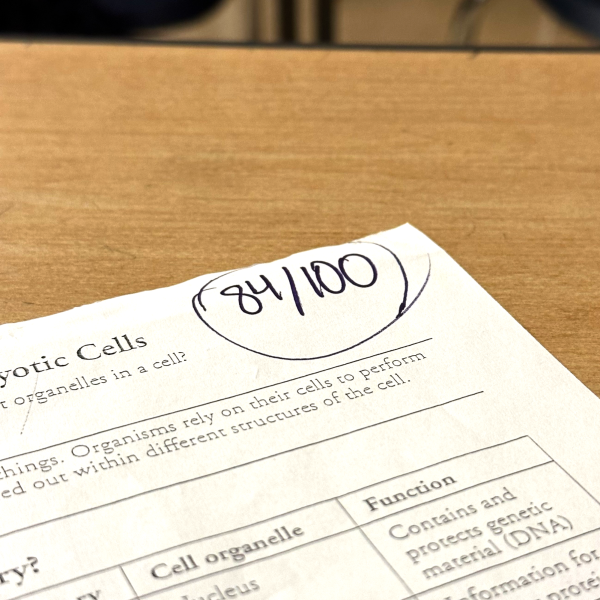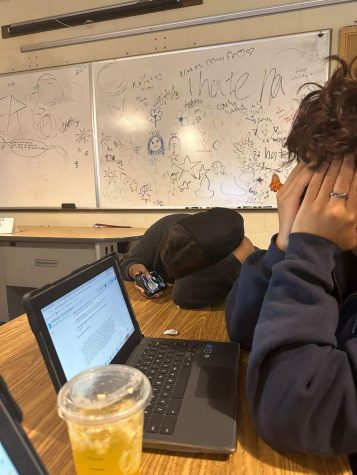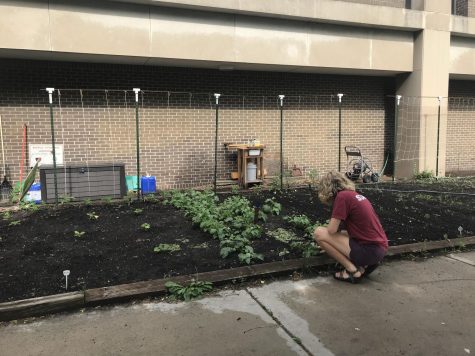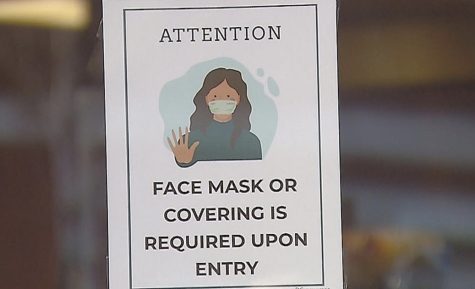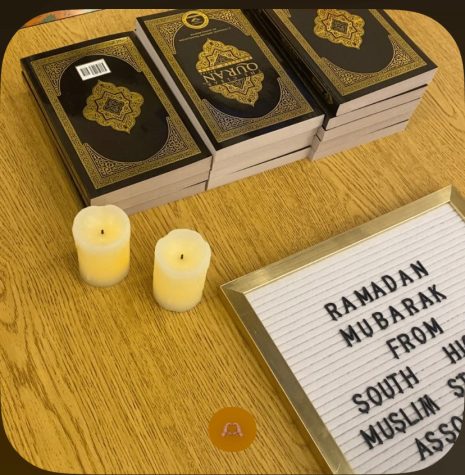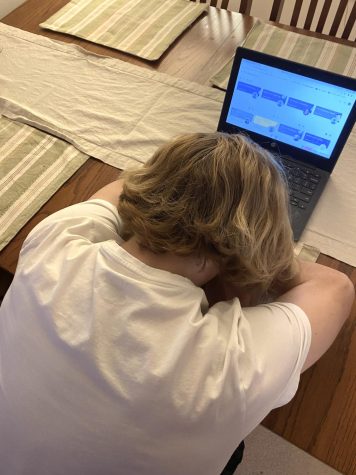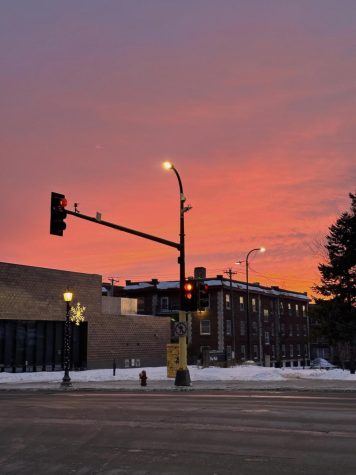Why it’s important to have diversity among history teachers
The diversity at South is in fact very large, however, the diversity among students doesn’t reflect the diversity of teachers. Roughly 56,000/58,000 teachers are white in the state of Minnesota as of 2014. We have to do better to show our students of color that it’s possible to be a teacher, otherwise the cycle will continue. Data from Minneapolis Public School report of the annual racial and ethnic count of students.
January 3, 2017
In a district as diverse as Minneapolis Public Schools and a school as diverse as South , one would think that the teachers would reflect in diversity, but they don’t. Students of color already have a harder time than white students having their voices heard in a classroom where things like history books and lesson plans are made to be seen from a white person’s perspective, lacking teachers of color makes things harder than necessary.
In the South history department there is only one teacher of color, Vincent Patton who is Native American. Patton spoke about how the last time he checked: “there are about 80,000,-100,000 licensed teachers in my field in the state and [for] Native American teachers there’s only 500 out of that 100,000,”he said. For students of color it is easier to relate to a teacher who knows what it feels like to go through the struggles being fought in the history class. “I know your struggle I don’t know it personally but I know a struggle that might be similar to yours,” he explained.
Being the only teacher of color can be similar to being the only student of color in a class where white peers and teachers look to you for answers. “When I came here to South I knew I would become the ‘token Indian’ because I have everyone coming to me ‘Vince what is this, Vince tell me something cool about Indians, oh Vince, give me a lesson plan on this,’” articulated Patton. Patton goes on to say that he doesn’t mind teaching people about his culture and it’s the aspect of his job that he likes.
There is a lot of white privilege in the school system for example, when a white washed history gets to be in the core curriculum and history of people of color is an elective, and even the elective is taught by a white person. How is a black student supposed to have their voice heard when a class called black voices is taught by a white woman who doesn’t have the same experiences as her students. Or if some students of color don’t even learn about their history ever. “They [history teachers] don’t really talk about Chinese culture I usually learn about my culture by myself not from my teacher.” Explains Anna Keillor a South sophomore.”It just kind of makes me feel uncomfortable that they’re [ history teachers who are white] saying certain things about my history and they’re speaking with their white privilege,” explained Adia Grandberg a student at South.
I’m not saying a white person cannot be a history teacher but there needs to be more people of color teaching too. Since this is something that cannot change in one day, white teachers need to learn how to help have students of colors voices be heard in a classroom. Robert Panning-Miller a social studies teacher at South explains how he starts with the little things. “In the room I teach in, there are lots of things that are reflective of cultures from all over the world, like a lot of social studies teachers, I have flags and every now and then some student will say ‘you don’t have a flag from this country’ which is important to them so I try to get that flag,” he commented.
“It isn’t too hard for me to incorporate people of colors struggle or successes into my curriculum because it’s who I am” explained Patton. If you are a white teacher and feel like you can’t relate to what you are teaching, have a person of color from the community that can relate to what the class is learning come in. Perspective is the key to what we learn and learning from the viewpoint of a person of color as well as a white person helps with understanding history. “ I try to make sure it’s not just from a European or American view of the world,” expanded Panning-Miller.
I have had experiences where I had told my teacher that we don’t learn enough about other cultures and they responding reminding me that we had two weeks on an African unit. The white teachers in the history department need to understand that when a student of color doesn’t feel represented in the class then that means you’re doing something wrong. “If there is a sense that I an not being inclusive that in not reaching out and the at they don’t see themselves in the class then I want to know that and see what can I do to correct that,” said Panning-Miller.
For people of color representation is extremely important and it is something that we haven’t had for along time specifically in teachers. Panning-Miller explains how when he first started student teaching 25 years ago the whole history department was a bunch of “old white guys and one woman” and he thought he hoped this to change “here I am 25 years later and it’s a bunch of white Guy’s and some more females.” Teachers have a big privilege to being a source of knowledge for people and its important to utilize that privilege in the right way.
“It’s important [representation] because teachers are role models seeing somebody in front of you that not only is smart and educated and is doing good stuff but also is like you is a really powerful thing for people and especially under represented population which students of color are apart of.” concluded Erick Taggart, a South Liberal Arts Social Studies teacher and an AVID teacher. When students of color don’t see teachers who look like them in their classrooms teaching, they begin to believe that it’s not possible, or that it’s extremely difficult to become a teacher if they are a person of color. Without this positive representation, this cycle of lack of teachers of color cannot break, and the lack of diversity among teachers will continue not just at South, but everywhere.

